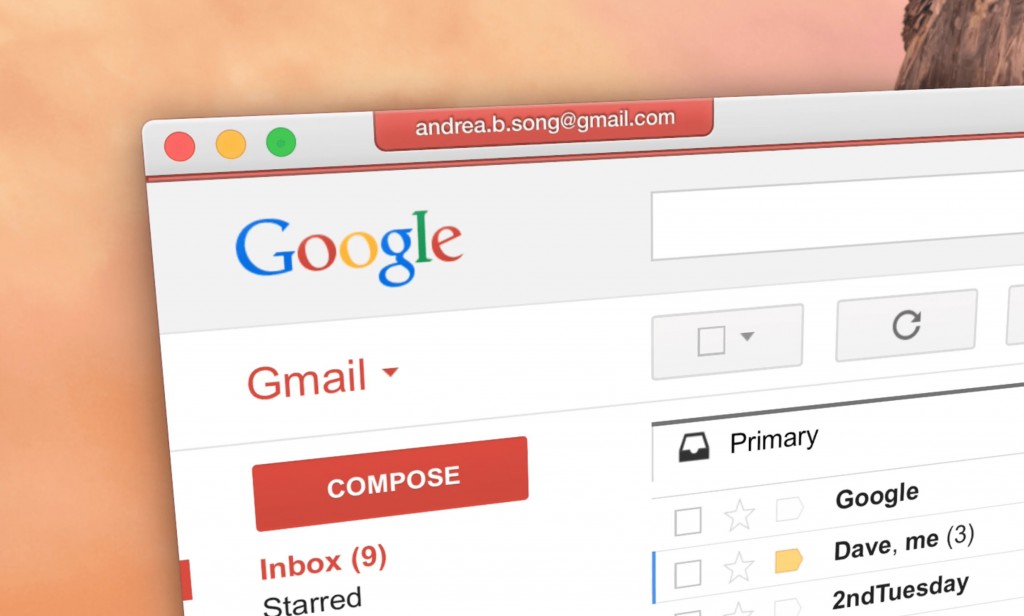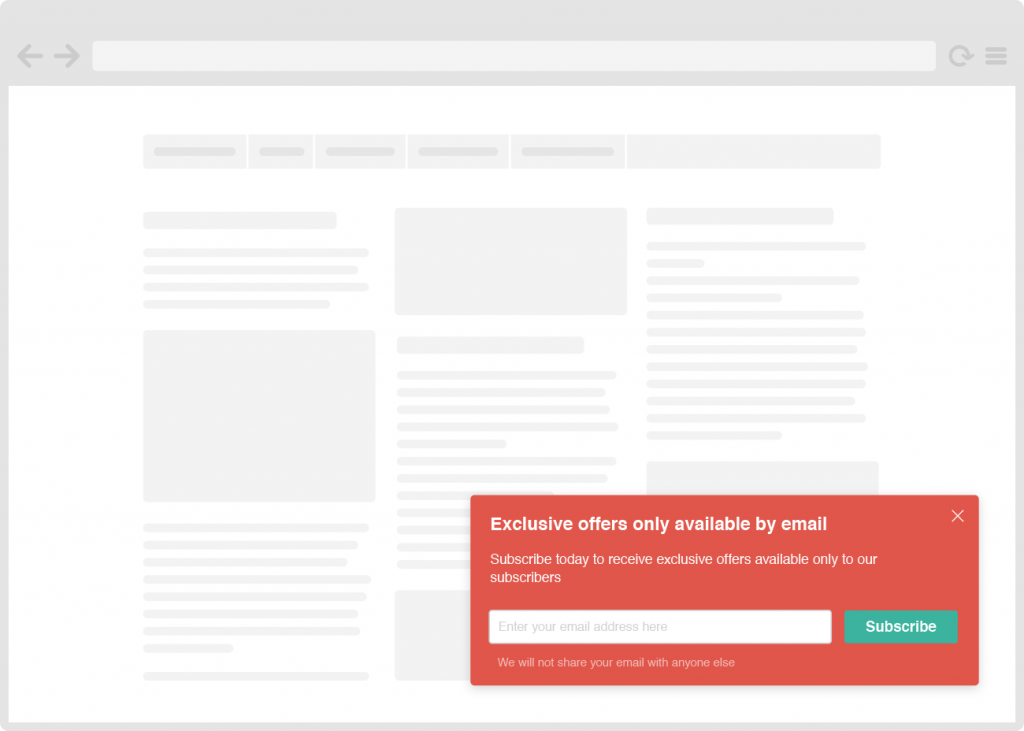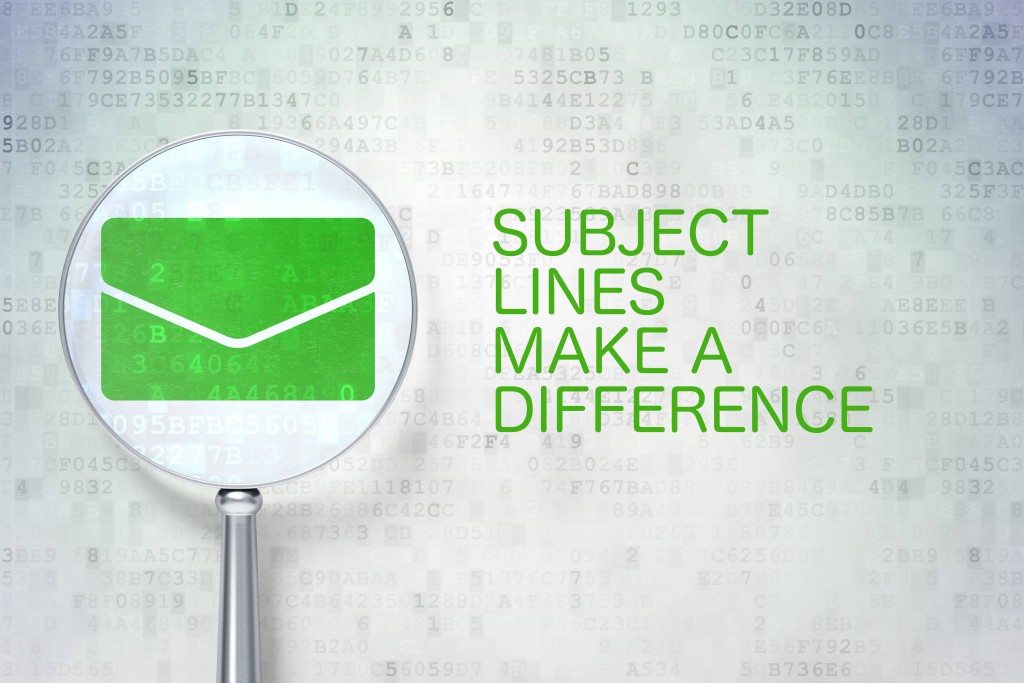How do I make sure my email gets to my subscriber’s inbox?
This might seem like a simple question, but the truth is that deliverability is far more complicated than we think. Creating gorgeous, perfectly optimised emails that bring value to your customers doesn’t mean a thing if you can’t get your email to the inbox, and that’s where good deliverability practices come in.
So what is deliverability?
Email deliverability is how you quantify the success of your email campaigns making it to the subscriber’s inbox, without being flagged as spam or bouncing. If you ever experience issues with low engagement on your campaign, or an excessively high bounce rate, your email might have deliverability issues.
There are a few things that you might be doing that is harming your email deliverability, some might be obvious but some you might not even notice. Luckily, there are quite a few things you can do to help improve this, from the moment someone new signs up to your list.
Don’t use single opt in lists
A single opt-in list is one that subscribers are added to immediately, without any need for further confirmation. While this might sound like it is so easy to sign up for your emails, it really makes it too easy. Single opt-in lists can suffer from erroneous sign ups, spam bots, and malicious attacks, meaning the data you get from your single opt in list could hurt you in the long run.
Conversely, double opt-in lists mean that after someone signs up, they are sent a confirmation email that they need to use to confirm their sign up. Not only do double opt-in lists have a generally higher engagement rate to start with, your list is also protected from the start. You’ll build a much better sending reputation by mailing a double opt-in list who are active in engaging with you.
Do communicate regularly with your list
Obviously, you’re going to start your email marketing with a solid, permission based list where subscribers have opted in to hear from you. But even a list of confirmed opt-in clients isn’t going to help you if you don’t communicate with them enough. First off, we recommend sending them a welcome email when they sign up, as they are most ready to engage with you when you’re already top of mind. It also gets your subscribers in the mind-set of connecting with you in their inbox from the get go.
But it doesn’t stop there. If they sign up and don’t hear from you after a couple of months, they might forget why they signed up for your newsletter in the first place, leading to complaints. You have to show your subscribers that you are a regular, and reliable, sender. People move on, and if you wait too long to communicate, you run the risk of killing that impression.
Don’t send from a free email address
In order to gain the trust of your subscribers, and the trust of spam filters, everything about your campaign needs to be genuine. This starts with the email address that you send from. Using a “from address” that is from a domain other than yours is a huge mistake, as you’re misrepresenting yourself from the get-go. Likewise, if you use a free domain email address (like Gmail, Hotmail or Yahoo) you are not seen as a legitimate bulk sender and other ISPs will automatically send your email campaign to the junk folder.
Luckily it’s very easy to countermand this. Send your emails from an official company email address that makes it very clear as to who you are and you’ll get your foot in the door. For example, we send our newsletters from Hello@TouchBasePro.com, so that it’s very obvious who we are. Just be sure to use an address at a domain or sub-domain that you own, and that subscribers will expect. That way, you’ll be instantly recognisable to your recipients, which will help build a good long-term sending reputation. And ISPs won’t automatically block your emails, which is also the point.
Do pay attention to your subject line
As email marketers, spam is the bane of our existence. It’s ruined so much about what makes email marketing so great, and has forced Internet Service Providers to crack down on the traffic that comes to their inboxes, and crack down hard.
One of the first things that ISPs look at after the sending address is the subject line, and one of the first things your subscriber sees is the subject line, so it’s got to make a good impression. There are a few triggers that spam filters will look for, so best avoid them at all cost. These include things like using excessive punctuation (!!!) and $P3C1AL CH4R@CT3R5, or having your subject line in ALL CAPITAL LETTERS. Use these frugally, and only if they’re relevant.
Speaking of relevance, make sure your subject line is saying the same thing as your content, you’re not going to gain any trust by misrepresenting your content by lying in your subject line, just to get your email opened. For example, having “R.E.” or “FWD” as a prefix is a big no-no, as there is no way this new email campaign of yours has had the previous contact that those would imply.
We’ve looked at some successful subject lines before, so you’ve got a good starting point to start writing creative and interesting subject lines without resorting to spam-like tactics.
Don’t use too many images
One initial tactic that spammers used to get around keyword filters and triggers was to send campaigns that just contained one flat image, or a bunch of smaller images, and almost no text. Obviously, spam filters retaliated by flagging campaigns that included too many images, and not enough text.
These days spam filters are more advanced and have many more factors to weigh a campaign than text-to-image ratio, but that doesn’t mean you can discount this entirely. Many spam filters will still look at a campaign with many images and very little text, or no text at all, as a potential spam email, and off to the Junk folder you go.
But that’s not the only thing you need to worry about. Bear in mind that some email clients don’t automatically display images, and if your subscriber gets an image only campaign on that email client, then it’s not going to make much sense to them and they hardly have cause to interact with it. You’ve got to balance your text-to-image ratio in a way that is going to make sense for customers that won’t (or can’t) download your images, and remember to include alt-text on all of your images. This in turn helps you get through overly vigilant spam filters as well.
Do use full URLs
URL shortening services are a big flag to spam filters, as the use of such URL shorteners is a devious way that spammers try to hide the nature of their links. Even if your end URL is a legitimate one, if it’s gone through a URL shortener it’s likely to get flagged. There’s also no real point to using a URL shortener, while we encourage you to be concise there is no character limit to your campaign – this isn’t Twitter.
Instead, we encourage you to replace your (valid!) hyperlinks with clear call-to-actions, which will drive up engagement for your campaign and further contribute to a good sending reputation.
Don’t send to uninterested subscribers
This is a big contributing factor for good email deliverability. If you have low open and engagement rates, it’s a big red flag to ISPs that your recipients aren’t interested in hearing about your brand. The lack of engagement on campaigns can be very damaging in the long-term, which leads to lower deliverability and sometimes, outright blocking of your emails. It’s a snowball effect as well, the more you send campaigns to uninterested parties, the more likely you are to be blocked by some ISPs, which will mean lower engagement rates on your next campaigns so more ISPs start to block you, and so on.
Re-engagement campaigns are a proactive way to get people interested in your brand again. Send an email to recipients who haven’t open your campaign in the last twelve months and ask them to confirm that they still want your newsletters. Let them know that you’ve noticed that they haven’t been active in a while, and remind them of why they opted in to your communications in the first place by highlighting your great content. If they’re not interested it’s better that you give them the opportunity to leave now before they do your sending reputation further harm.
Once you’ve done a re-engagement campaign you can easily remove uninterested recipients from your list, leaving you only with the active, interested customers that want to hear from you about your brand. This will mean you’ll start seeing a higher open and engagement rates on your campaigns, which in turn will show ISPs that you’re a trustworthy sender.
In Conclusion
A good deliverability rate is the first step in making sure that your email marketing is effective, you won’t see a return on investment with your email marketing if you’re not landing in the inbox. By making some small adjustments to your campaigns and content, and by taking care of your lists and subscribers, you’ll ensure that you get the most out of any campaign.







